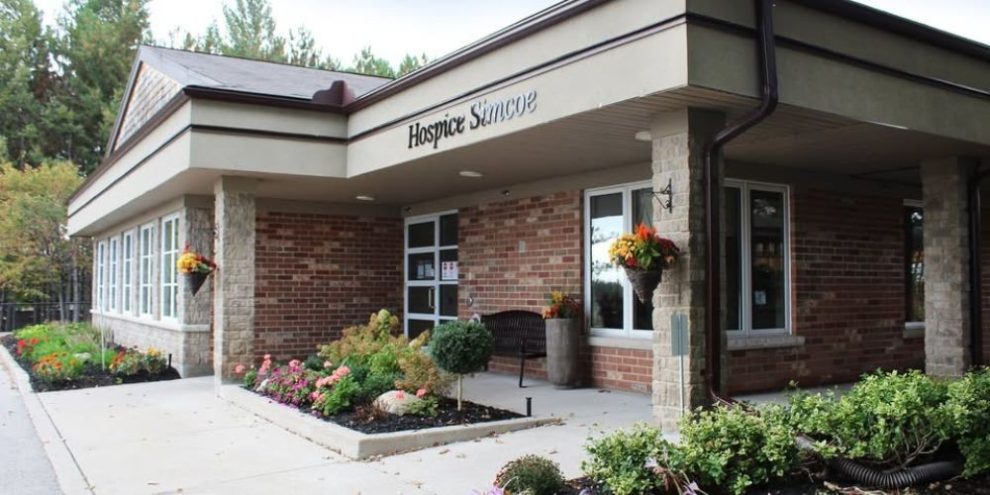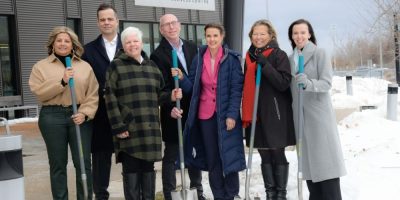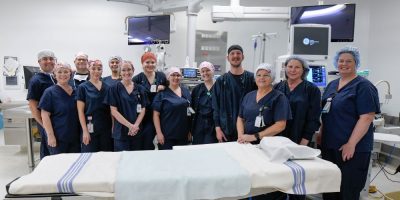
Remembering loved ones, celebrating friendships, and raising funds for the annual Hike for Hospice, which is happening on Sunday, May 4, beginning at 9:30 a.m. at Sunnidale Park in Barrie.
Hospice Simcoe has been in the community for over 35 years.
The organization started out providing bereavement services in people's homes and helping people die at home.
Then, 15 years ago, through a gift in the community, Hospice Simcoe opened a 10-bed end-of-life care facility on Penetanguishene Road.
Hospice Simcoe offers palliative and end-of-life care for individuals living with a life-threatening illness.
"People come and stay with us, and they have their symptoms managed. We look after them, their family, and then we can provide them with some bereavement support as well," says Hospice Simcoe executive director Kelly Hubbard.
The organization raises about $1.5 million a year, and Hike for Hospice Simcoe is one of the signature events. Hospice Simcoe also gets government money for their residential facility and some to support volunteer services.
The public often hears the terms hospice and palliative care, and Hubbard was asked if there is a difference.
"Hospice is a philosophy of care. It's a journey of holistic care for those who have a life-threatening illness. Palliative care is really through that whole trajectory. It's not just end-of-life care. A lot of people think that palliative care is end-of-life care, meaning that you have to be really, really sick to access palliative care services. That is not the truth. End-of-life care is done at our residential facility. People are there only at the end of life for the last 10 days to two weeks."
Hubbard says palliative care is also about programs done months before a person dies.
"We can help talk to you about your legacy, help you do advance care planning and having those conversations with your family."
This can be done in the person's home or at Hospice Simcoe's community support location on Bell Farm Road.
"We have a team of social workers that can help you have those difficult conversations with your family members," says Hubbard.
For most of her 34-year career, Hubbard, a registered nurse, has worked in palliative care. In that time, discussions around death and dying have changed.
"I have seen it evolve in regards to symptom management, collaboration in regards to team-based nursing, team-based care with our physicians and social workers. It's very interdisciplinary, spiritual care. I would say we are not doing this work alone."
Hubbard says they have a palliative care clinic coach who works with the city's vulnerable population, including those who are homeless. Hospice Simcoe also assists organizations like the Alzheimer's Society to provide grief and bereavement support.
"It's hard to watch a loved one with dementia as you are grieving the loss of that relationship because even though they are physically alive, they're not mentally or emotionally with you."
The 10-bed Hospice Simcoe facility, says Hubbard, is place that feels like home.
"It's the happiest, saddest place I've ever been in, is what we hear from family members."
It's where family members can be with their loved one and not be the care provider.
"There is a lot of life here. I feel like people who come into hospice think it's going to be death and crying and sadness, and don't get me wrong. But there is death, crying and sadness. There is also happiness and laughter. We're celebrating life all the time. We're doing our best to celebrate your life in the best way you want to. That comes with a lot of laughter, music and things that are joyful. It's a happy, happy sad place."
More information here: https://hospicesimcoe.ca/





